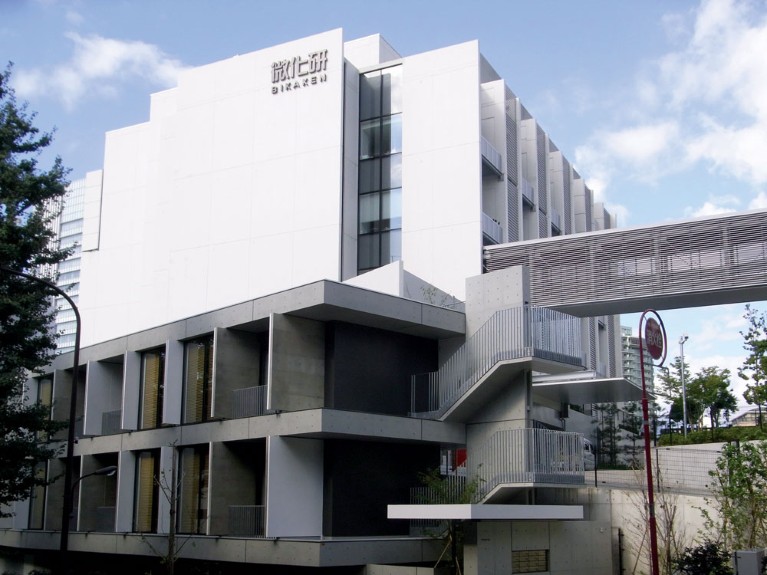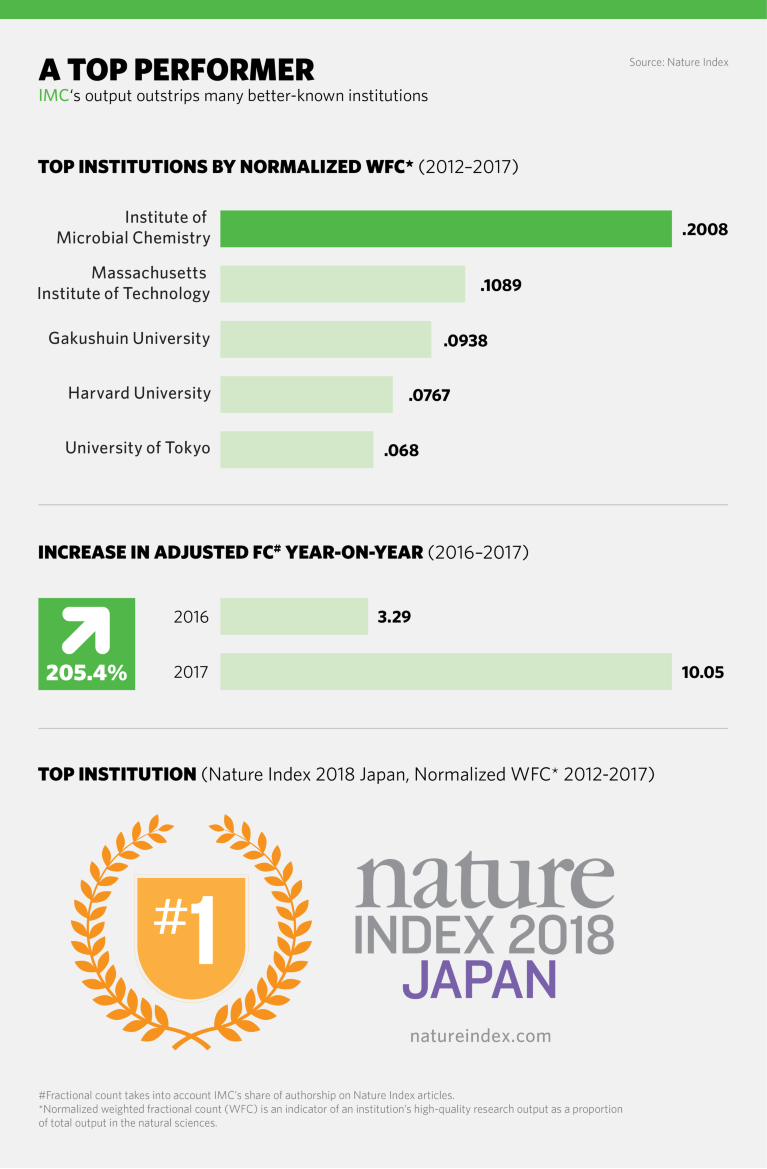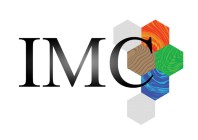The potential of microorganisms is almost infinite. Elucidating their metabolic mechanisms and secondary metabolites can help scientists discover novel substances that have therapeutic uses and lead to the development of vital new antibiotics.
In Japan, the Institute of Microbial Chemistry (IMC) is at the forefront of these research activities. “There are both scientific and economic difficulties to developing antibacterial drugs,” says Masakatsu Shibasaki, director of the IMC. “But as long as there remains a threat to humanity, our most important mission is to produce new medicines with the aid of microorganisms.”

IMC’s main campus in Shinagawa, Tokyo.
The IMC was established in 1962 using royalties from Japan’s first antibiotic — kanamycin — discovered by renowned bacteriologist Hamao Umezawa. The parent foundation has since been managing the resulting revenue, which has enabled researchers to tackle challenging projects regardless of fluctuations in the economy. The Tokyo-based private institute, which employs about 110 researchers, has discovered about 170 bioactive compounds and brought 14 pharmaceuticals to the market, including kasugamycin, a highly effective drug against rice blast disease, and bleomycin, the world’s first target-specific anticancer agent.
Shibasaki says the institute’s strength lies in the balance it strikes between basic and applied research. In recent years, its reputation has grown, thanks to management reforms that have strengthened basic research and expanded the institute’s research coverage. “If we don’t produce high-quality papers, we cannot attract excellent researchers, and everything plunges into a negative spiral,” explains Shibasaki, who initiated these reforms.
His reforms have fostered collaborations among microbiologists, chemists and structural biologists, and have boosted recruitment of excellent young researchers from Japan and abroad. Consequently the number of papers produced by IMC researchers has been growing steadily, leading to its ranking as the top institute in terms of the normalized weighted fractional count, an indicator of an institution’s high-quality research output, in Nature Index Japan 2018. Many of these papers are from a laboratory that is synthesizing therapeutic compounds using novel asymmetric catalysts, which encompass green chemistry principles, and another laboratory that is elucidating the molecular mechanisms of autophagy, an intracellular degradation system conserved in eukaryotes.
The strong fundamental research produces synergetic effects for drug discovery. The IMC focuses on developing novel treatments for diseases that many pharmaceutical companies find too costly to invest in, but for which global demand is rising rapidly — such as extensively drug-resistant tuberculosis, Helicobacter pylori infection, and multidrug-resistant pathogens. The IMC also maintains a rich library of natural products at a time when pharmaceutical companies are shying away from the practice.
“We cover what companies cannot afford, so our work helps realize sustainable growth in Japanese industry and science and technology,” Shibasaki says.


